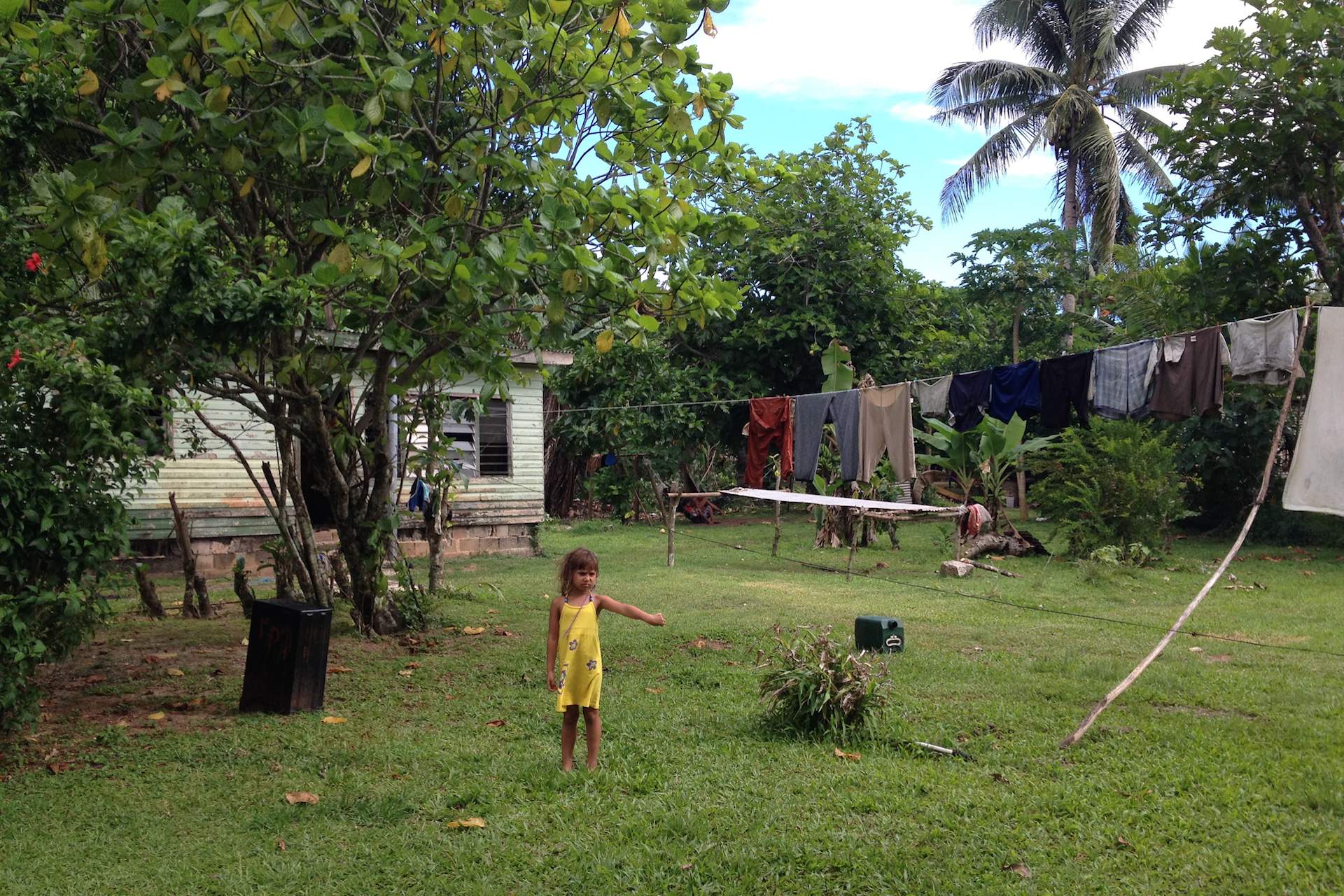Project Banaba
A show exploring Australia's imperial legacy in the Pacific.
Overview
Artist Katerina Teaiwa brings her solo exhibition Project Banaba to Carriageworks from November 17. A Banaban scholar and Associate Professor in Pacific Studies at ANU, Teaiwa's scholarly and artistic work focuses on the history of phosphate mining in the central Pacific and the displacement of indigenous Banabans.
Quick history lesson: Banaba Island in the Pacific Ocean was destroyed by phosphate mining and rendered uninhabitable, causing the total relocation of its people to Rabi Island, Fiji in 1945. Project Banaba commemorates the island's history, with the show's run coinciding with the 72nd anniversary of the Banaban people's displacement on December 15.
Working closely with curator Yuki Kihara, Teaiwa has combined new work with rare textual, photographic and filmic historical archives in a rich, multimedia exhibition. The show also interweaves personal narratives, says Teaiwa, revealing the political injustice generations of her family experienced, and, in her words, "how the rock of Banaba, te aba, the body of the land, and the body of the people, was viewed and transformed by powerful imperial interests."
The show promises to be an unsettling – but important – reminder of the ongoing impact phosphate mining has had on present-day Pacific communities.
Image: Tearia in the Teaiwa family Kainga, Tabona, Rabi Island, Fiji. By Katerina Teaiwa, 2014





